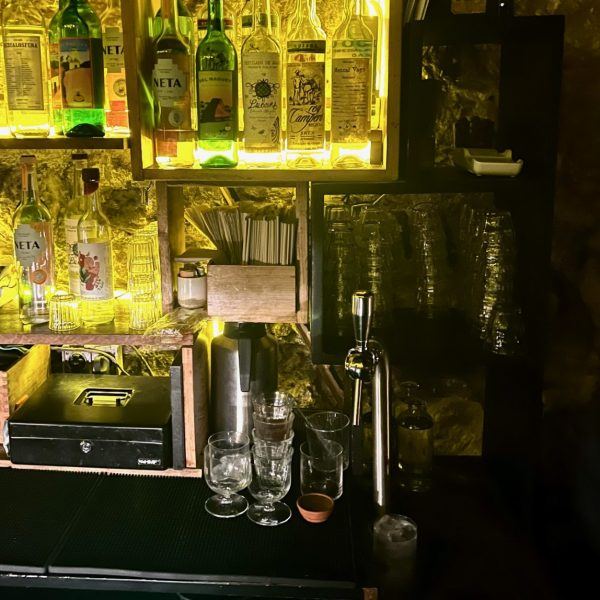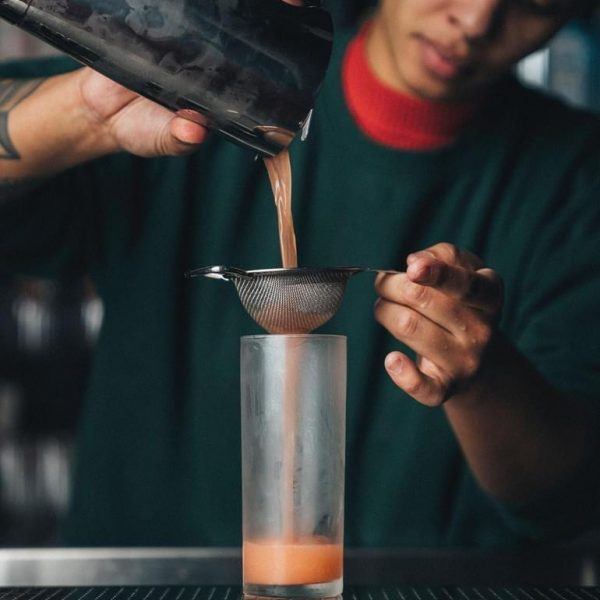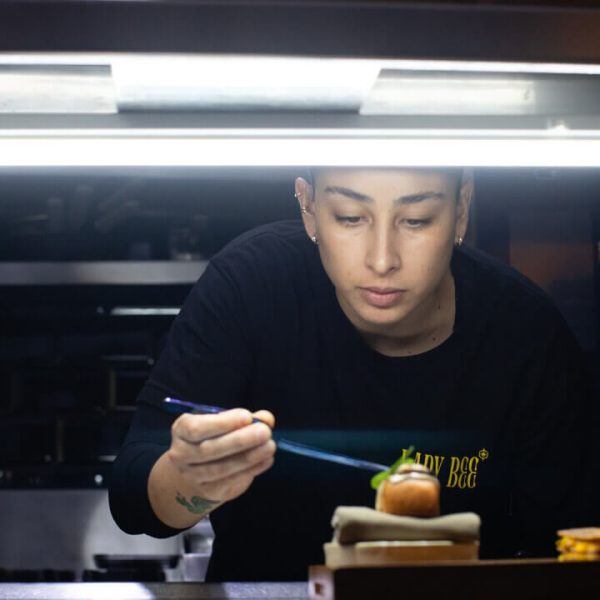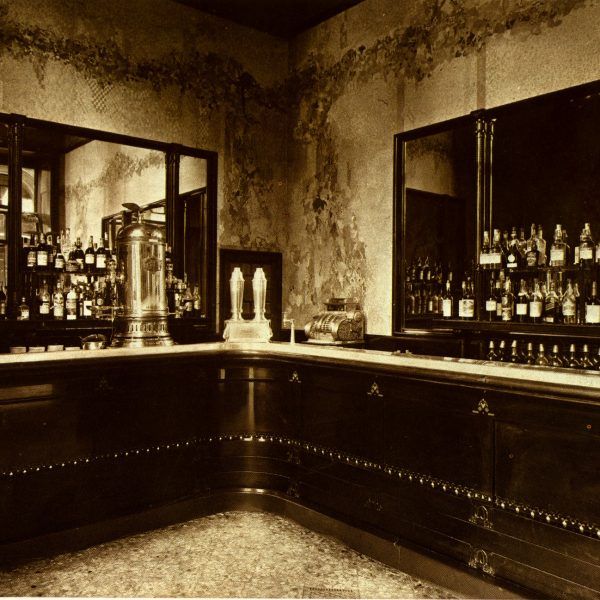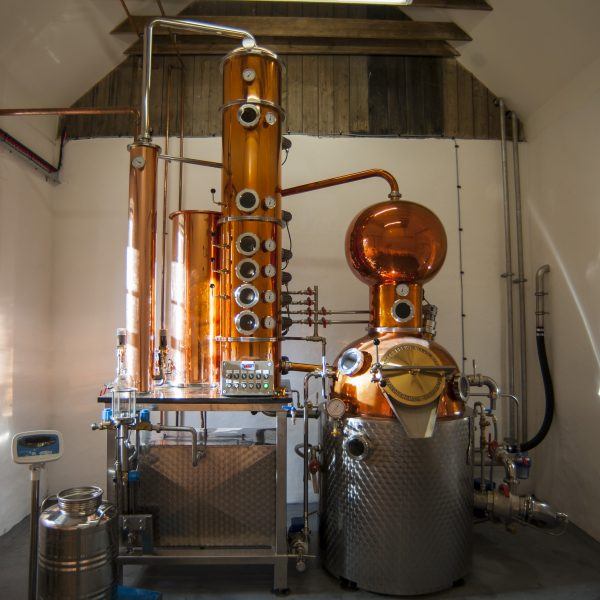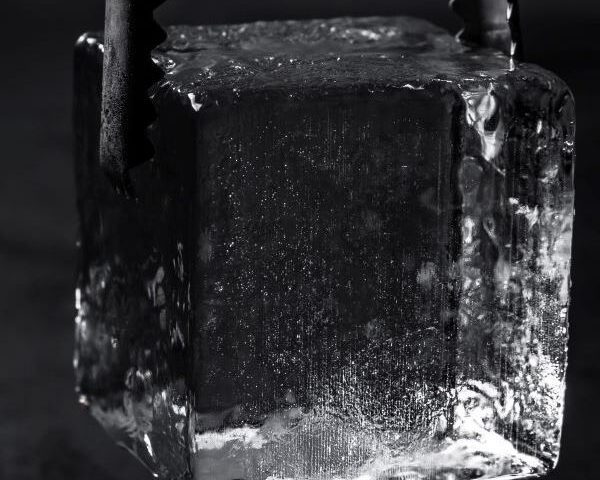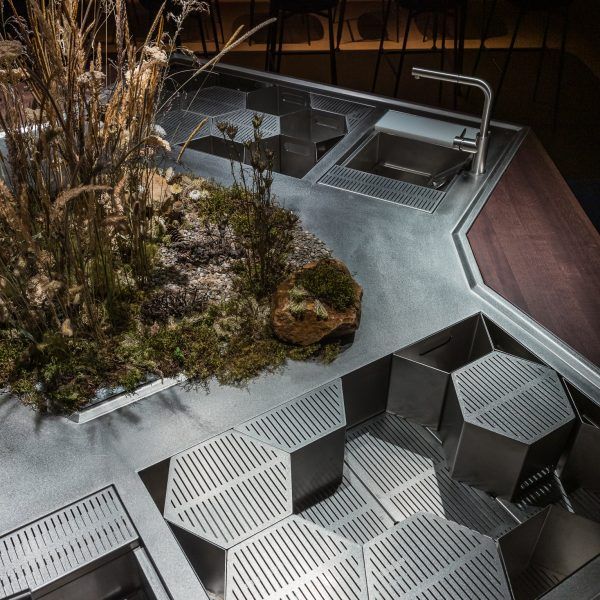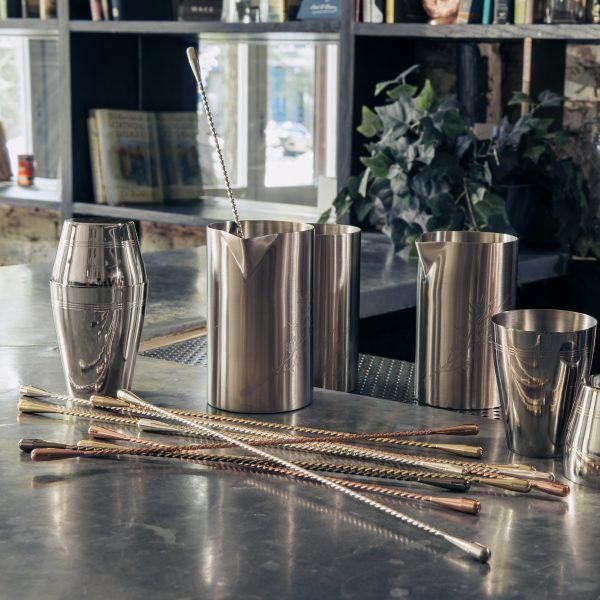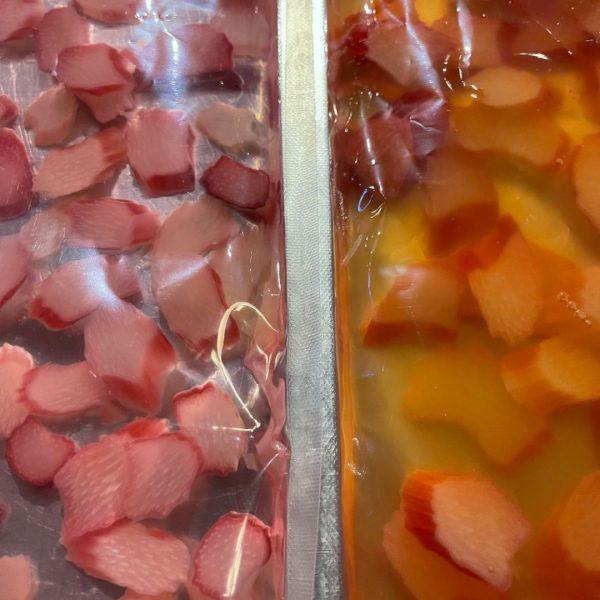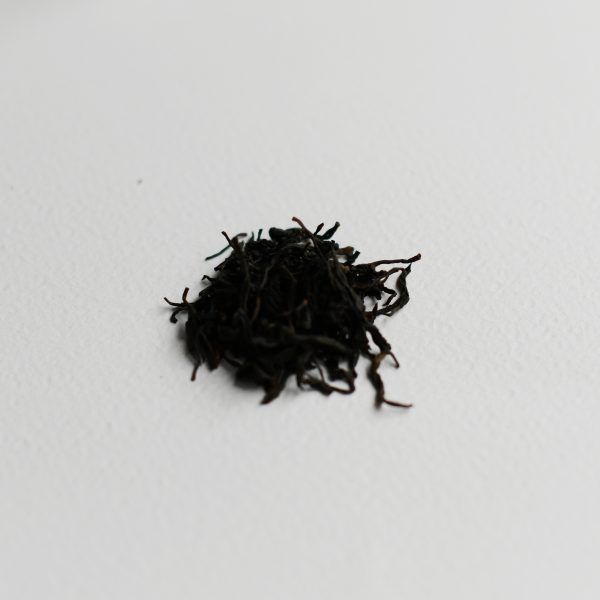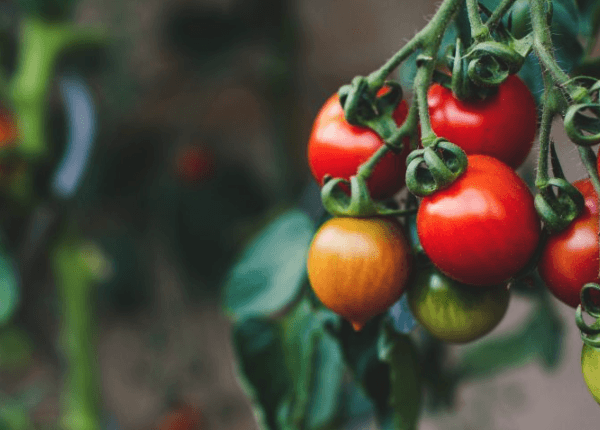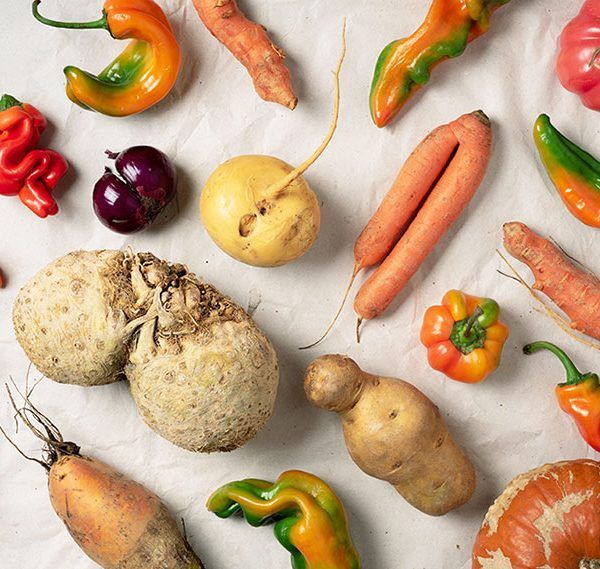Extracting flavour series: Marcis Dzelzainis on the pros and cons of using a rotovap
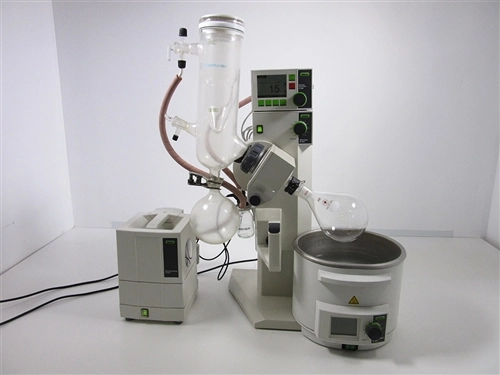
For the third instalment of our series, bartender and co-founder of Idyll Drinks Marcis Dzelzainis weighs up whether the mighty rotovap is worth the investment
What is a rotovap?
A rotary evaporator, or rotovap for short, is a type of still used to distil organic materials in a solvent, under vacuum, and at low temperature. Conventionally found in laboratories, circa the early 2000s, Cairbry Hill (a trained scientist) and Nick Strangeway (co-founder and spirit creator at Hepple Spirit Company) started to experiment with its potential to distil unconventional and experimental aromas. Subsequently, the rotovap became a key piece of equipment in many bars across the world.
How does it work?
This low-temperature distillation process allows the user to capture delicate aromas, without any heat damage to the organic material. As such, delicate ingredients such as tea, rose petals or citrus peels are distilled in a manner that captures their precise essence, fresh and without any ‘stewed’ aromas. By using a vacuum pump, all the air is sucked out of the closed system. By lowering the atmospheric pressure inside the system, you also lower the boiling point of the solvent (usually alcohol), allowing the aromatic compounds to evaporate at a low temperature. For example: ‘At sea level water boils at 100°C; whilst on top of Mount Everest, which has lower atmospheric pressure, it would boil at 68°C.’
The rotary element in the name simply refers to the rotation of the boiling flask in the water bath, which allows for constant movement of the solvent and a larger surface area being exposed to the heat source. Once the solvent evaporates it hits a condensing chamber containing coils filled with ethylene glycol. The glycol is effectively an anti-freeze, with a much lower freeze point than water. Once the vapours hit the condensing coils, they condense back into a liquid state and into the collection flask.

Why should I use it?
But why use a rotovap over a still? Here are some of the pros and cons:
Pros:
- It allows you to capture delicate flavours;
- It is relatively energy efficient;
- The variety of ingredients it allows you to distil;
- As well as distillation, it can be used to create reductions. For instance, you can use it to evaporate the alcohol from a fortified wine and concentrate the non-alcoholic remnants. Traditionally, such reductions are done over an open heat source, denaturing the base product;
- If properly maintained and correct training is carried out, it is safer to use than a traditional still;
- You can isolate certain aromas based on their molecular mass. For instance, you can isolate the aromas of chili without the heat.
Cons:
- To harness the full benefit of a rotovap is it necessary to invest in the correct chiller. Most standard chillers go down to -10°C. However, manufacturers such as Polyscience make chillers that go down to -20°C, signficantly increasing the bandwidth of flavours you are able to capture;
- You can’t use a reconditioned rotovap if it originates from a laboratory. Certain toxic chemicals cannot be cleaned or removed from the rotovap after use. Meaning trace amounts remain present, ergo the equipment is not food safe;
- If there are any cracks within the matrix of the glass (meaning beyond a surface level scratch) you run the risk of implosion;
- Within the conventional set up, fractional distillation is not possible, i.e. on a traditional still you can taste the distillate as it comes off in stages, allowing you to choose your ‘cut’. With a rotovap you must wait for the whole distillation to finish, before tasting the final product;
- Water-based distillations don’t tend to work as well as alcohol, as water is not a potent solvent and requires increased heat to render aromatic compounds volatile enough to distil. Heavier ingredients with a higher essential oil ratio tend to fair better in a traditional still;
- Whilst larger format rotovaps (25L) do exist, they are very expensive and take up a large amount of space. Most rotovaps you see in bars only allow you to distil 500/700ml at a time.

